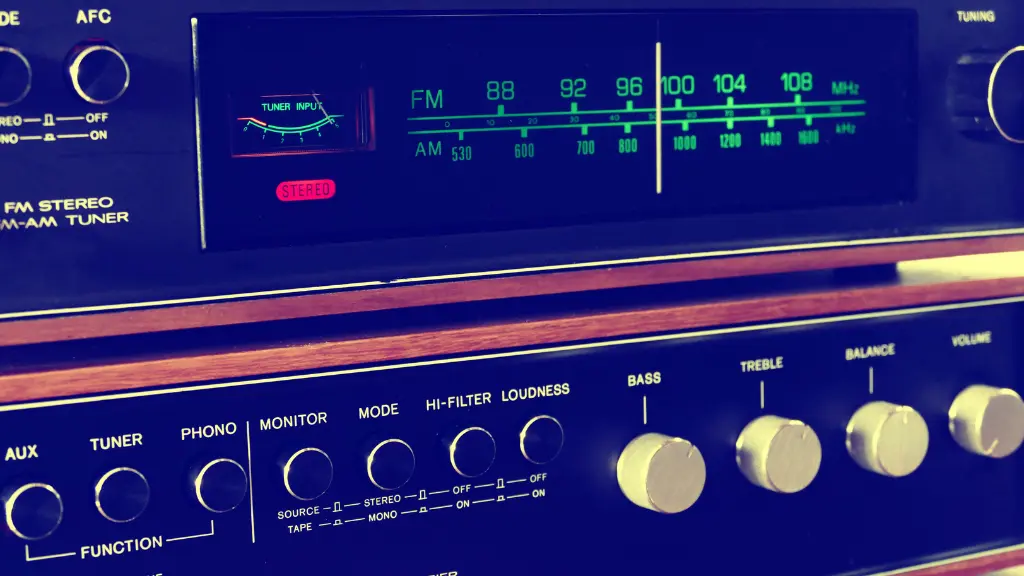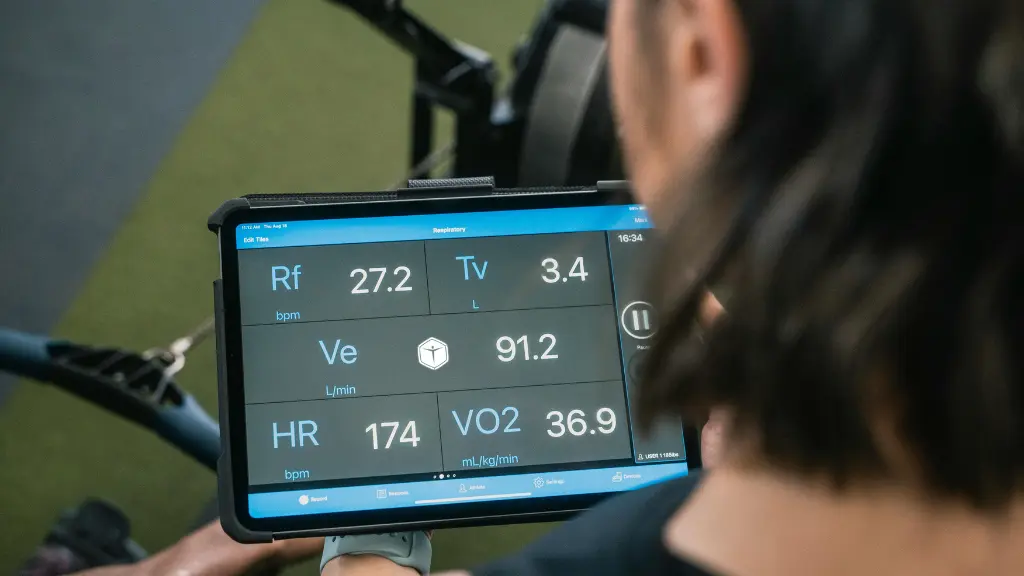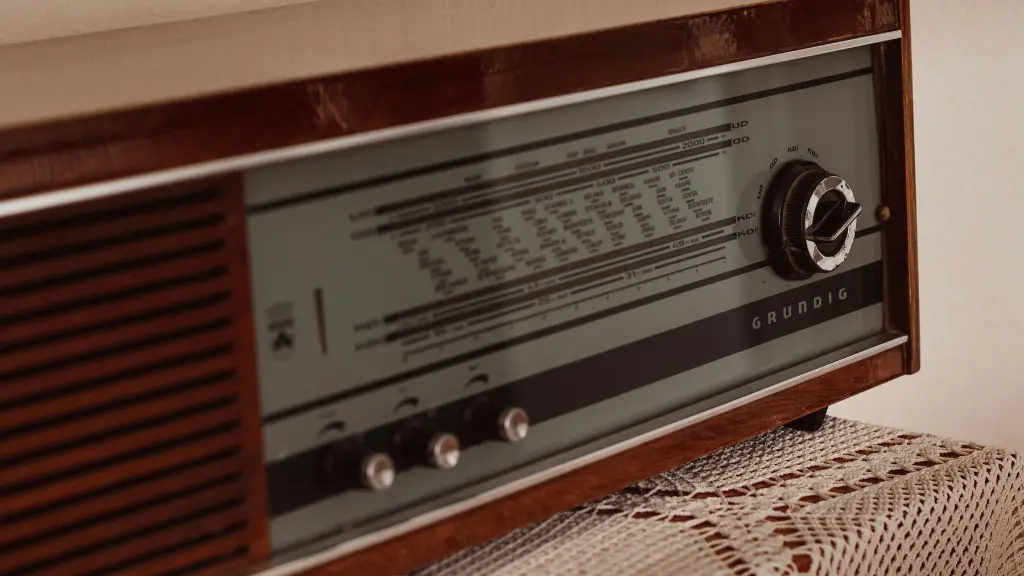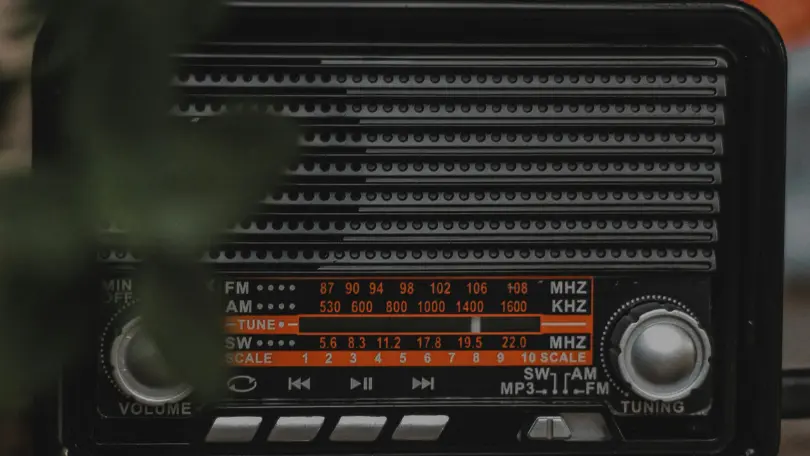
I recently had the opportunity to try out the Shure Frequency Finder, a tool designed to simplify the process of selecting the best frequency for wireless microphone systems. As someone who has struggled with interference and signal dropouts in the past, I was excited to see if this tool could help me avoid those issues.
The Shure Frequency Finder is a web-based application that uses a combination of location data and wireless spectrum analysis to recommend the best frequencies for your wireless microphone system. After entering your location and the type of wireless system you’re using, the tool generates a list of recommended frequencies and provides detailed information about each one. This includes the frequency range, the amount of available bandwidth, and the likelihood of interference from other wireless devices.
Understanding the Shure Frequency Finder

As a professional audio engineer, I have used the Shure Frequency Finder extensively to ensure optimal wireless frequency performance. The Shure Frequency Finder is a powerful tool that helps users identify available frequencies for wireless microphone systems and other wireless audio devices.
Purpose and Functionality
The Shure Frequency Finder is designed to help users find available frequencies in their location to avoid interference with other wireless devices. It uses a combination of location data and frequency coordination tools to identify the best frequencies for wireless audio devices. The tool provides detailed information on available frequencies, including the frequency range, channel spacing, and other important information.
The shure frequency finder also includes a feature that allows users to search for available frequencies based on their location. This feature is particularly useful for live events where multiple wireless devices are in use. The tool allows users to quickly identify available frequencies and coordinate their wireless devices to avoid interference.
Compatibility and Limitations
The Shure Frequency Finder is compatible with a wide range of wireless audio devices, including Shure wireless microphone systems. Nevertheless, it’s crucial to acknowledge that the tool comes with certain constraints. The tool is designed to work with shure wireless frequency finder devices, and may not be as effective with other brands. Additionally, the tool relies on accurate location data to provide accurate frequency information.
In conclusion, the Shure Frequency Finder is a valuable tool for audio engineers and professionals who rely on wireless audio devices. Its purpose and functionality make it an essential tool for live events and other situations where multiple wireless devices are in use. While it has some limitations, it is a reliable and effective tool that can help users avoid interference and ensure optimal wireless performance.
Navigating the Shure Band Finder

As a professional audio engineer, I frequently use the shure frequency finder to identify available frequencies for wireless microphones and in-ear monitors. The Shure Band Finder is an online tool that allows you to quickly identify available frequencies for Shure wireless systems in your area. In this section, I will guide you through the process of navigating the Shure Band Finder.
Identifying Available Frequencies
To begin, navigate to the shure frequency finder website. Once you are on the website, you will need to enter your location information. You can enter your zip code, city, or address to find available frequencies in your area. The Shure Band Finder will then display a list of available frequencies for your location.
It is important to note that the available frequencies will vary depending on your location and the type of wireless system you are using. The Shure Band Finder allows you to filter your results by wireless system type, frequency range, and TV channel. This can be helpful if you are using a specific type of wireless system or if you need to avoid interference from nearby TV stations.
Interpreting Results
Once you have identified the available frequencies in your area, you will need to interpret the results. The shure frequency finder displays the available frequencies in a table format, with each row representing a different frequency. The table includes information such as the frequency range, TV channel, and the number of compatible channels.
It is important to pay attention to the number of compatible channels listed in the table. This number represents the number of wireless systems that can operate simultaneously on that frequency without interference. If you are using multiple wireless systems, you will need to ensure that you select frequencies with enough compatible channels to accommodate all of your systems.
In conclusion, the shure frequency finder is a valuable tool for identifying available frequencies for wireless systems. By following the steps outlined in this section, you can quickly and easily navigate the shure frequency finder and find the best frequencies for your location and wireless system.
Using the Shure Wireless Finder

As a sound engineer, finding the right frequency for your wireless microphone can be a daunting task. Fortunately, the shure frequency finder makes the process much easier. In this section, I will guide you through the setup process and help you troubleshoot common issues.
Setup Guide
- First, turn on your wireless microphone and receiver.
- Open the Shure Wireless Finder on your device.
- Ensure that your device’s microphone and location services are enabled.
- Tap on the “Scan” button to start scanning for available frequencies.
- The Wireless Finder will display a list of available frequencies. Please choose the option that is most suitable for your configuration.
- Finally, set your wireless microphone to the selected frequency.
Troubleshooting Common Issues
No Available Frequencies Found
If the Shure Wireless Finder does not display any available frequencies, try the following:
- Move to a different location and scan again.
- Check if there are any other wireless microphones or devices operating on the same frequency.
- Try using a different wireless microphone or receiver.
Interference or Dropouts
If you experience interference or dropouts, try the following:
- Move to a different location and scan again.
- Check if there are any other wireless microphones or devices operating on the same frequency.
- Adjust the squelch level on your wireless microphone or receiver.
- Try using a different wireless microphone or receiver.
With the Shure Wireless Finder, finding the right frequency for your wireless microphone has never been easier. By following this setup guide and troubleshooting tips, you’ll be able to ensure a smooth and seamless audio experience for your audience.
Frequency Coordination

As a sound engineer, I understand the importance of coordinating multiple wireless systems to ensure clear and reliable audio. Shure Mic Frequency Finder and Wireless Frequency Finder Shure are excellent tools for frequency coordination.
Coordinating Multiple Systems
Coordinating multiple wireless systems can be a daunting task, especially in a crowded RF environment. Shure Frequency Finder simplifies the process by providing a comprehensive frequency coordination tool that allows me to quickly and easily identify available frequencies in my area. The tool takes into account local TV stations, wireless microphones, and other wireless devices to ensure that I can find a clear frequency for my wireless systems.
Managing Interference
Interference can be a major issue when coordinating multiple wireless systems. Shure Frequency Finder helps me manage interference by identifying potential sources of interference and suggesting alternative frequencies. The tool also provides guidance on how to reduce interference by adjusting antenna placement and gain settings.
In conclusion, Shure Mic Frequency Finder and Wireless Frequency Finder Shure are powerful tools for frequency coordination. These tools help me coordinate multiple wireless systems and manage interference, allowing me to focus on delivering clear and reliable audio.
Shure SLX Frequency Finder

As a sound engineer, finding the right frequency for your wireless microphone can be a daunting task. That’s where the Shure SLX Frequency Finder comes in. This tool helps you optimize the performance of your shure com frequency finder wireless microphone system by identifying the best available frequencies in your area.
SLX Series Specifics
The Shure SLX series is a professional-grade wireless microphone system that provides crystal-clear sound quality and reliable performance. The system includes a receiver, transmitter, and microphone, and is designed to be easy to set up and use. The SLX Frequency Finder is a software tool that helps you find the best frequencies for your SLX system, based on your location and the available frequency spectrum.
Optimizing SLX Performance
Using the SLX Frequency Finder is easy. Simply enter your location and the tool will scan the available frequency spectrum to find the best frequencies for your system. The tool takes into account factors such as local TV and radio stations, as well as other wireless devices that may be operating in the area. Once the tool has identified the best frequencies, you can program them into your SLX system and enjoy optimal performance.
In addition to helping you find the best frequencies, the SLX Frequency Finder also provides valuable information about your wireless microphone system. The tool displays signal strength, interference levels, and other key metrics that can help you troubleshoot any issues you may be experiencing. With the SLX Frequency Finder, you can be confident that your wireless microphone system is optimized for peak performance.
Overall, the Shure SLX Frequency Finder is an essential tool for any sound engineer who wants to get the most out of their wireless microphone system. With its user-friendly interface and powerful features, the SLX Frequency Finder makes it easy to find the best frequencies for your SLX system and optimize its performance for crystal-clear sound quality.
Regulatory Considerations

Understanding FCC Regulations
As a wireless microphone user, it is important to understand the regulations set forth by the Federal Communications Commission (FCC) in the United States. The FCC regulates the use of wireless microphones to prevent interference with other wireless devices, such as television broadcasts and cell phones.
Shure Frequency Finder is designed to help users comply with FCC regulations by identifying available frequencies in their location and suggesting the best frequencies to use. This can help prevent interference and ensure that your wireless microphone operates reliably.
International Frequency Regulations
In addition to FCC regulations, wireless microphone users must also comply with international frequency regulations when traveling outside of the United States. Each country has its own regulations regarding wireless microphone use, and it is important to research these regulations before using your wireless microphone in a foreign country.
Shure Frequency Finder can also be used to identify available frequencies in other countries and help users comply with international frequency regulations. This can help prevent interference and ensure that your wireless microphone operates reliably while traveling.
Overall, it is important for wireless microphone users to stay informed about regulatory considerations and comply with all relevant regulations to ensure reliable and interference-free operation. Shure Frequency Finder can help simplify this process and ensure that your wireless microphone operates smoothly.
Advanced Features

Spectrum Analysis
One of the most advanced features of the shure frequency finder is its spectrum analysis tool. With this tool, I can easily visualize the frequency spectrum of my wireless microphone system. This allows me to identify any potential interference from other wireless devices, and adjust my frequency settings accordingly to ensure a clear and reliable signal.
The spectrum analysis tool is easy to use. I simply select the frequency range I want to analyze, and the tool displays a clear graph of the frequency spectrum. I can then adjust my frequency settings and monitor the graph in real-time to ensure that my wireless microphone system is operating at peak performance.
Frequency Monitoring
Another advanced feature of the shure frequency finder is its frequency monitoring tool. This tool allows me to monitor the frequency of my wireless microphone system in real-time, ensuring that I always have a clear and reliable signal.
The frequency monitoring tool is easy to use. I simply select the frequency range I want to monitor, and the tool displays a real-time graph of the frequency spectrum. I can then adjust my frequency settings and monitor the graph to ensure that my wireless microphone system is operating at peak performance.
Overall, the advanced features of the shure frequency finder make it an essential tool for any professional audio engineer. With its spectrum analysis and frequency monitoring tools, I can ensure that my wireless microphone system is always operating at peak performance, delivering clear and reliable sound for any event or performance.
Resources and Support

As a user of the Shure Frequency Finder, I have found that the resources and support provided by Shure have been extremely helpful in ensuring that I am getting the most out of the tool. Here are some of the resources and support options available to users:
Customer Service
Shure’s customer service team is available to answer any questions or concerns that users may have about the Frequency Finder. I have found that the team is knowledgeable and responsive, and they are able to provide assistance quickly and efficiently.
Users can contact Shure’s customer service team via phone, email, or live chat. The team is available during regular business hours, and they are always happy to help.
Educational Materials
In addition to its customer service team, Shure also provides a range of educational materials to help users get the most out of the Frequency Finder. These materials include user guides, tutorials, and webinars.
I have found that these materials are clear and easy to follow, and they provide a wealth of information on how to use the Frequency Finder effectively.
Conclusion
Overall, I have been very impressed with the resources and support provided by Shure Frequency Finder. Whether you need assistance from customer service or guidance from educational materials, Shure has you covered.

Whether you are a beginner or an experienced user, you are sure to find something useful in Shure’s educational materials. Also read this article: Best Online Video Conference Platform: Top Picks for Remote Communication.


1 thought on “Shure Frequency Finder: A Guide for Wireless Microphone Users”